Choosing the right car drying towel is essential for keeping your car's finish in top condition. This guide will help you understand critical factors like absorbency, softness, and durability, ensuring you select a towel that efficiently and safely maintains your vehicle's shine. Let's dive into the world of car drying towels and find the perfect match for your car care needs.
Factors to Consider When Choosing a Towel
Absorbency
The critical feature of any car drying towel is its absorbency. This is crucial because a highly absorbent towel efficiently removes water from the surface of your car, drastically reducing the risk of water spots. These spots occur due to minerals left behind when water evaporates. The more water a towel can hold, the fewer times you need to wring it out, and the quicker and more effective the drying process becomes. Look for towels with a high GSM (grams per square meter) rating, often indicating better absorbency.
Softness
When protecting your car's paint, the towel's softness is paramount. A soft towel minimizes the risk of scratching or swirling the paint. Microfiber towels are typically the best choice for softness, as they have a plush texture that gently glides over the car's surface, trapping particles and moisture without causing any damage. The softness of a towel is also linked to its weave and fibre quality; a finer, higher-quality microfiber will usually be softer and safer for your car.
Size
The size of the towel plays a significant role in ease of use and efficiency. An oversized towel can cover more area, which means faster drying times. However, big towels might be challenging, especially when water is saturated. A size that balances coverage and manageability is ideal, usually around 25x36 inches. This size is large enough to dry effectively but not so large that it becomes cumbersome to use and manoeuvre.
Durability and Quality
Investing in a high-quality towel pays off in the long run. Durability is essential, as car drying towels will undergo regular use and frequent washes. A durable towel maintains its shape, softness, and absorbency over time. Look for towels with reinforced edges and a high-quality weave, as these are more likely to withstand the wear and tear of regular use. Additionally, consider how the towel performs after several washes – a good quality towel should not lose its absorbency or softness. Quality might come at a higher price point. Still, it ensures that you are not frequently replacing your towels, ultimately saving money and maintaining a higher standard of car care.
CONSIDER TOWEL THICKNESS AND GSM RATINGS
| GSM Rating | Absorbency | Softness | Scratch Risk |
| 300 - 400 GSM | Good |
Fair |
Low |
| 400 - 900 GSM | Better | Soft |
Very Low |
| 1000+ GSM | Bes | Ultra Soft |
Minimal |
How to Use and Care for Your Towel
Using Your Car Drying Towel
-
- Pre-Wash: Before using a new drying towel, it's a good idea to wash it. This removes any residues from manufacturing and enhances absorbency.
- Dampen Before Use: Slightly dampening the towel can increase its absorbency. A completely dry towel might absorb water less effectively.
- Fold the Towel: Folding the towel into quarters gives you multiple clean surfaces to work on. Once one side becomes too wet, you can switch to another side.
- Pat and Drag Method: Instead of vigorously rubbing the towel over the car's surface, gently pat it down or drag it across. This method reduces the risk of scratching the paint and allows the towel to absorb water more effectively.
- Regular Rinsing: If drying a filthy car, rinse the towel frequently in clean water to avoid dragging dirt across the paint.
- Use Multiple Towels if Necessary: For larger vehicles, using multiple towels might be more efficient - one for the initial drying and another for a final wipe-down.
Caring for Your Car Drying Towel
-
- Wash After Each Use: Wash your drying towels to maintain their absorbency and cleanliness. Leaving them wet or dirty can lead to mould or mildew growth.
- Separate from Other Laundry: Wash drying towels separately from your laundry to prevent lint transfer.
- Use Mild Detergents: Use a gentle, liquid detergent without fabric softeners or bleach. Fabric softeners can clog the microfibers and reduce absorbency.
- Wash with Warm Water: Use warm water when washing microfiber towels. It helps open up the fibres and release trapped dirt and oils.
- Avoid High Heat Drying: Air dry the towels or use a low heat setting if you're using a dryer. High heat can melt the fibres and decrease the towel's effectiveness.
- Proper Storage: Store your towels in a clean, dry place once dry.
Common Mistakes to Avoid with Car Drying Towels
Using Too Much Pressure
One of the most common errors is applying too much pressure while drying. This can cause scratches or swirl marks on the car's paint. Always use a gentle touch and let the towel absorb the water naturally. Patting or lightly dragging the towel across the surface is usually sufficient.
Not Washing the Towels Properly
Improper washing can quickly degrade the quality of your drying towels. These can damage the microfiber and reduce its absorbency and softness. Also, washing car towels with other laundry can lead to lint contamination.
Using Fabric Softeners
Fabric softeners are a big no-no for microfiber towels. They leave a coating on the fibres, drastically reducing their ability to absorb water effectively. Always use a mild, softener-free detergent.
Not Rinsing Towels During Use
Failing to rinse the towel during drying, especially when cleaning a filthy car, can lead to dirt and debris being dragged across the paint. This can cause scratches. Regularly rinse the towel in clean water if it's picking up dirt.
Overlooking Pre-Wash
Not pre-washing new towels before their first use can also be a mistake.
A pre-wash helps to remove any residual lint and manufacturing chemicals, which improves the towel's performance and longevity.
Drying Towels on High Heat
Using a high heat setting in the dryer can damage microfiber towels. The high temperature can melt the fibres, making them less effective.
Using Old or Worn-Out Towels
Continuously using old or worn-out towels can harm your car's finish. It's vital to assess their condition regularly and replace them when necessary.
Additional Advice for Effectively Drying Your Car with a Towel
Minimize Air Drying: Avoid leaving your car to air dry for too long to prevent streaks and water spots. While letting some water drip off is fine, promptly use your towel to dry the remaining moisture.
Squeegee Windows First: Use a squeegee on the windows and windshield to remove excess water and prevent streaks. Be cautious not to use the squeegee on the car's body, as it may scratch the paint.
Top-to-Bottom Drying Strategy: Start drying from the top of your car and work downwards. Drying the lower parts first can cause you to re-wet areas you've already dried.
Regularly Shake Out the Towel: Shake out the towel frequently during drying to release absorbed water and any trapped dirt, ensuring you're not just moving water around on the car's surface.
Store Car Towels Separately: Keep your car drying towels separate from household linens to avoid accidental misuse, which could damage the towel and affect its performance on your vehicle.
Use Color-Coded Towels: Differentiate your car towels from others using various colours. This can help you organize towels based on their specific use for car parts, such as the tyres, interior, exterior, and windows.
Keep Used and Clean Towels Apart: As you dry your car, store used towels separately from the clean ones to avoid cross-contamination. This helps maintain the integrity of the clean towels and protects your car's finish in future uses.
Pros and Cons
| Pros | Cons |
| Better Paint Protection | Costly: High-end towels |
| Efficient Drying | Maintenance Needs |
| Durable | Learning Curve |
Conclusion
In conclusion, the right car drying towel is crucial in preserving your vehicle's lustre and paint health. Balancing factors like absorbency, softness, size, and durability with cost will guide you to the ideal choice. Quality and proper care are vital to maximizing the effectiveness and lifespan of your towel. Whether you're a car care enthusiast or a casual user, investing in the right towel is an investment in your vehicle's beauty and longevity.
Frequently Asked Questions
Q: What is the best material for a car drying towel?
Microfiber is widely regarded as the best due to its high absorbency and scratch-free properties.
Q: How often should I wash my car with a drying towel?
Wash it after every use to maintain effectiveness and prevent dirt buildup.
Q: Can car drying towels scratch the paint on my vehicle?
Quality microfiber towels are designed to be lint-free and scratch-free, reducing the risk of damaging car paint.
Q: Are more oversized towels better for drying cars?
More oversized towels cover more area and can be more efficient. Still, they should be manageable in size for easy handling.







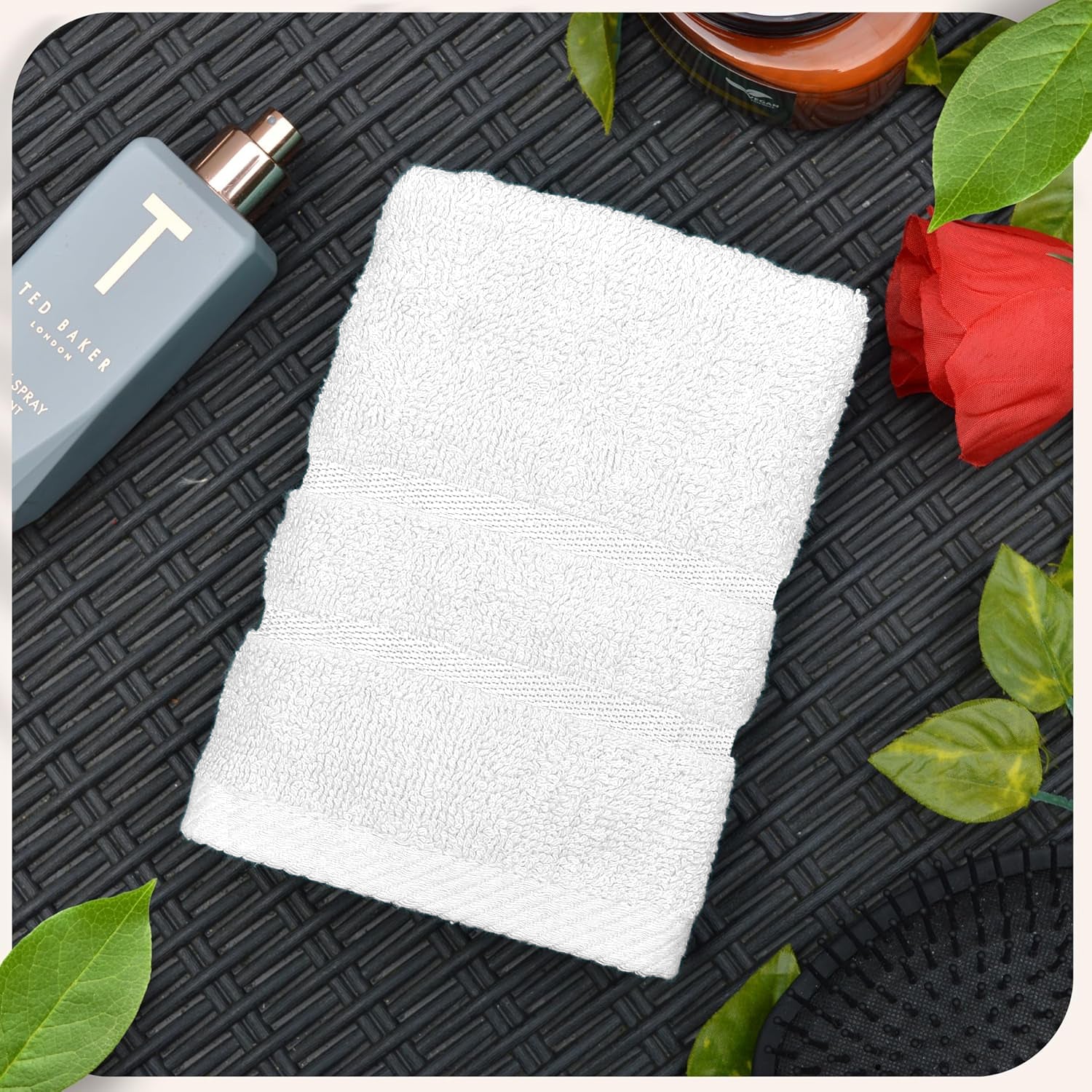
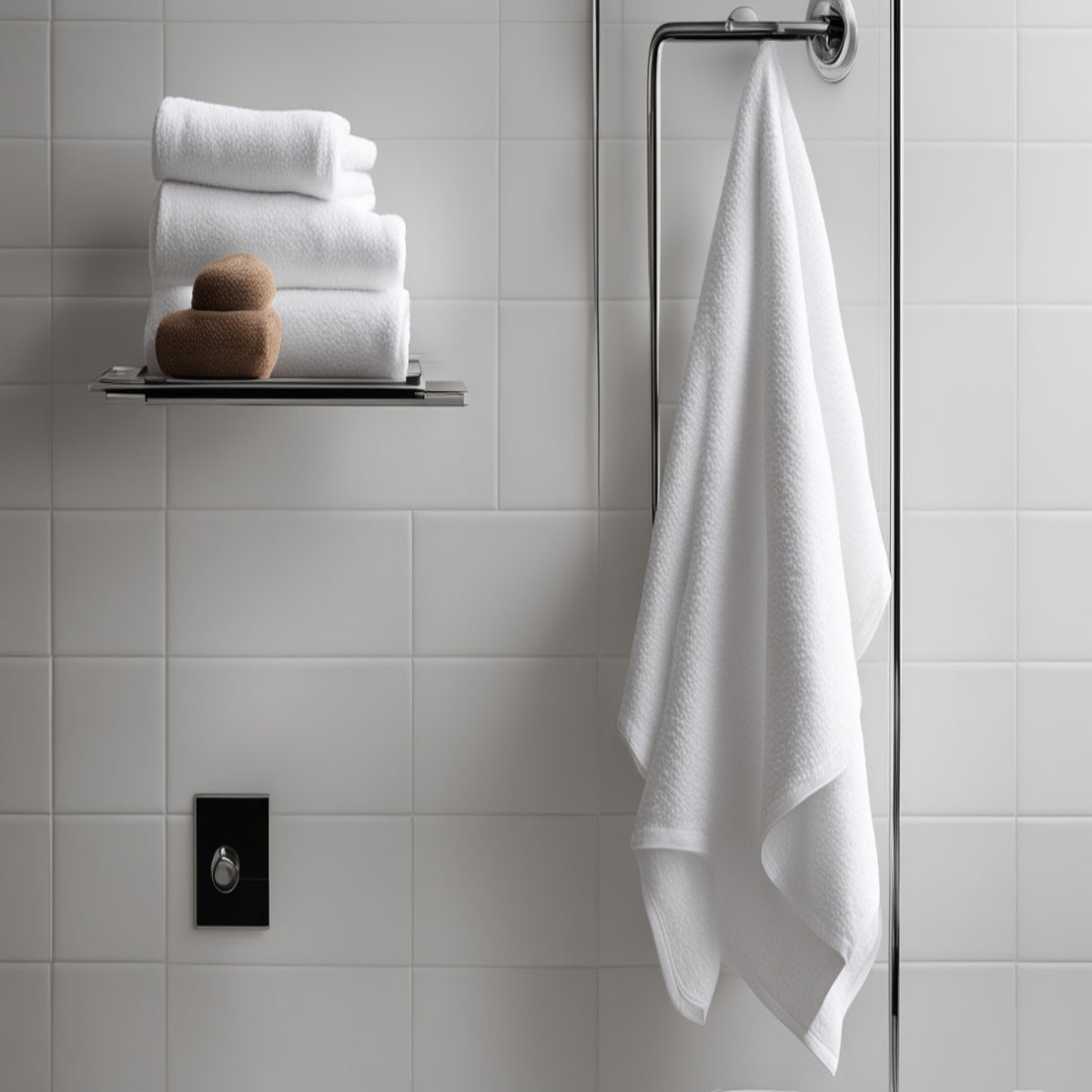
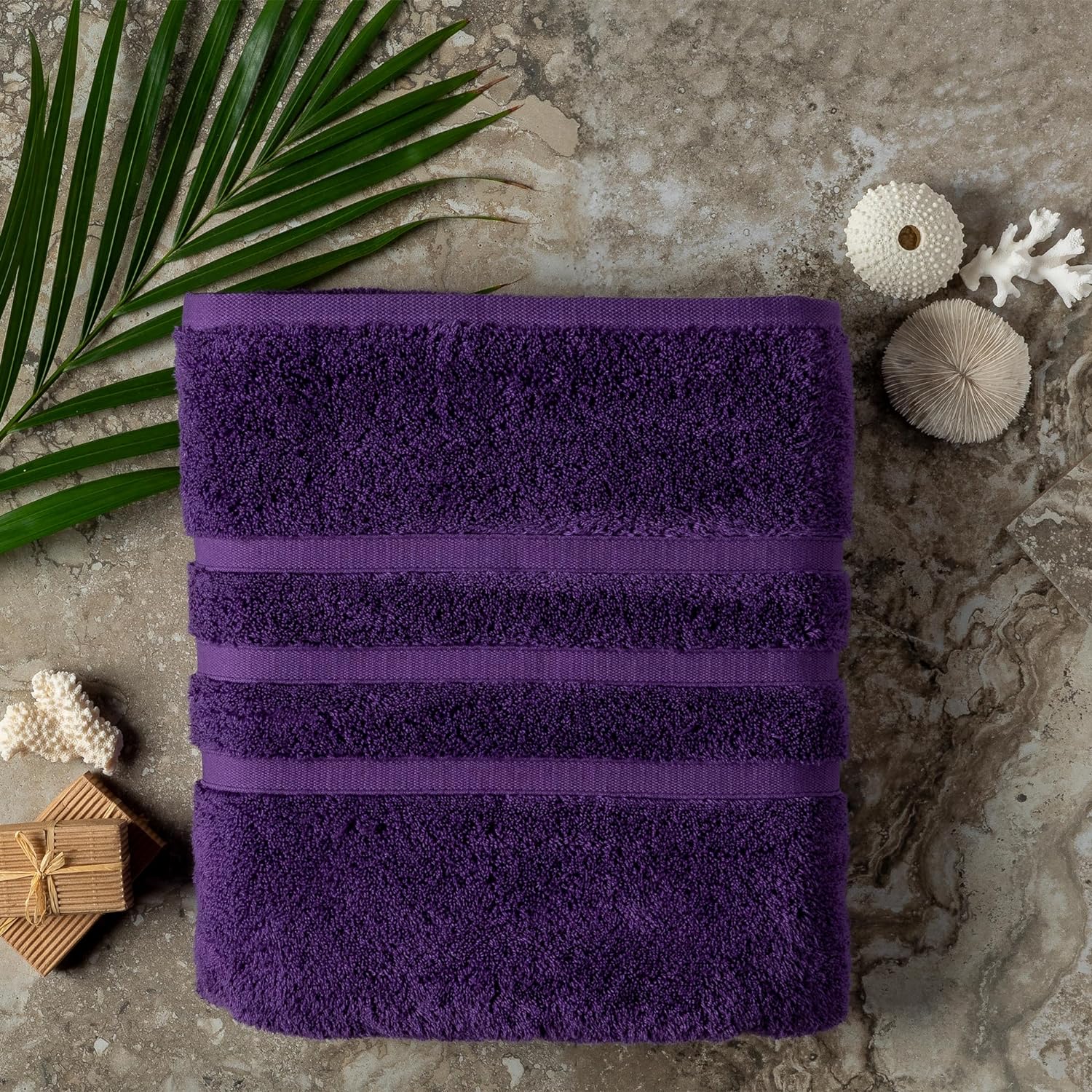

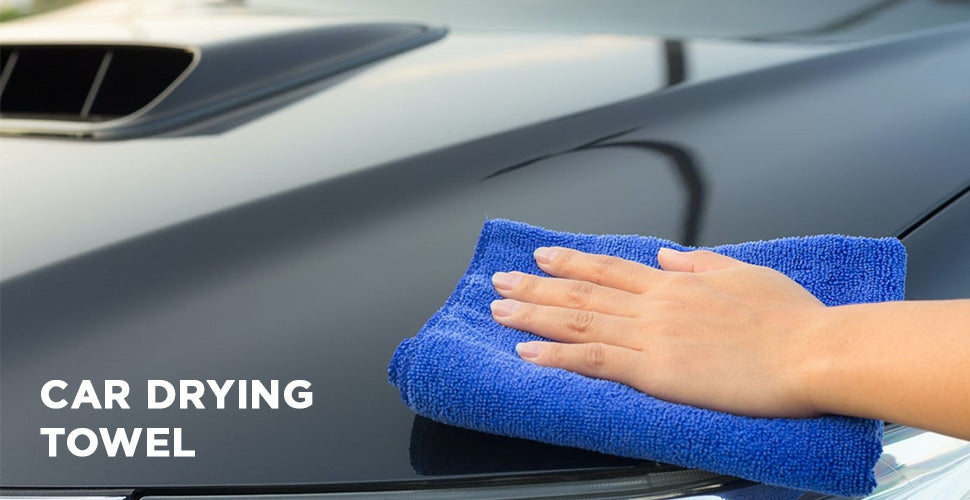
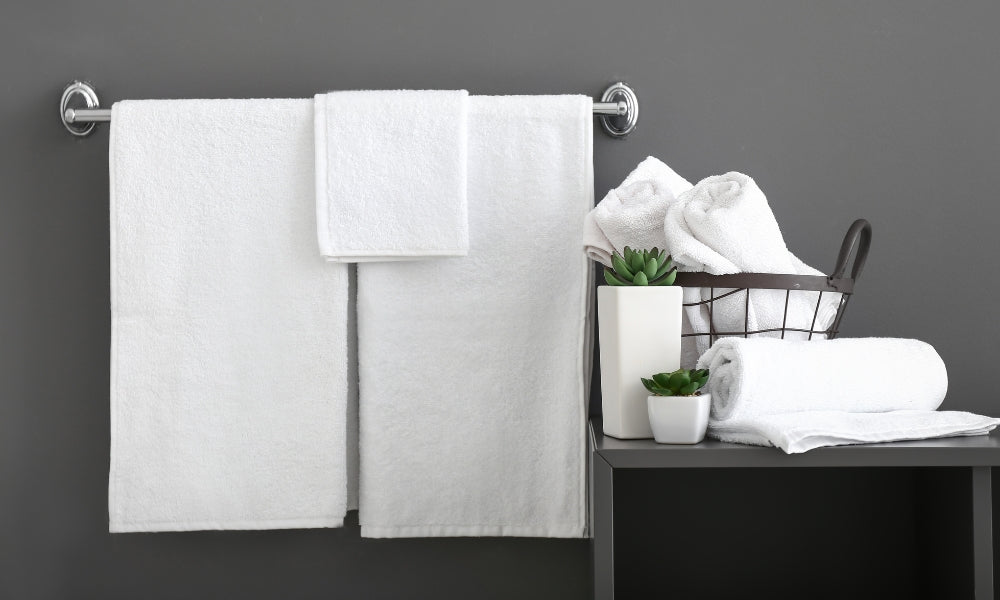
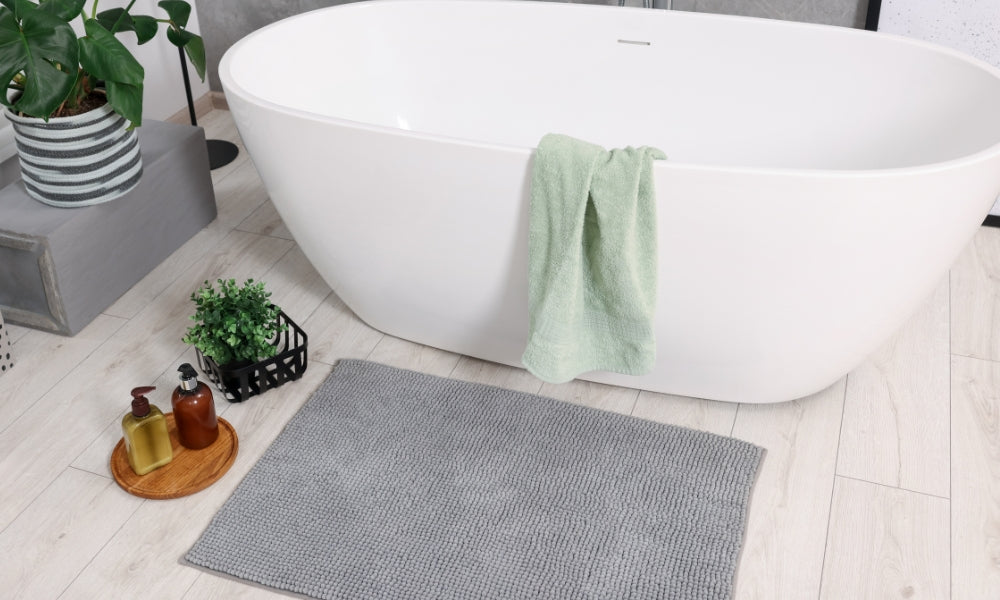
Leave a comment
This site is protected by hCaptcha and the hCaptcha Privacy Policy and Terms of Service apply.